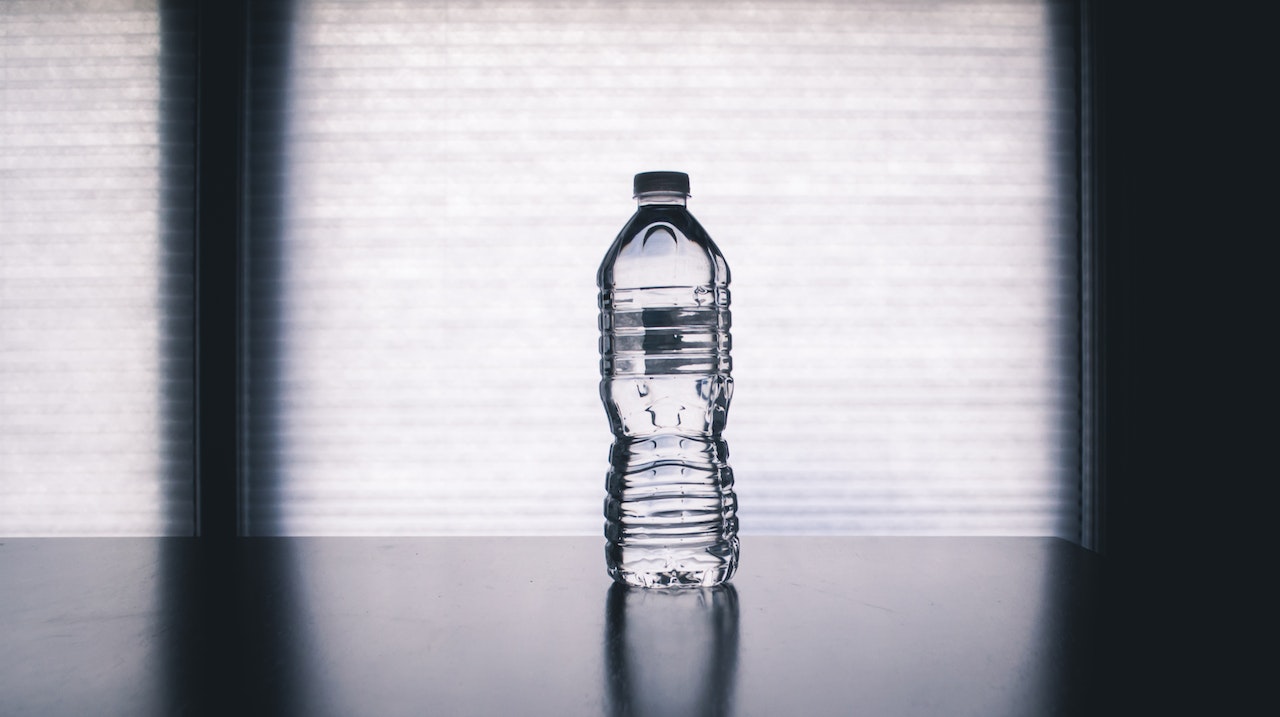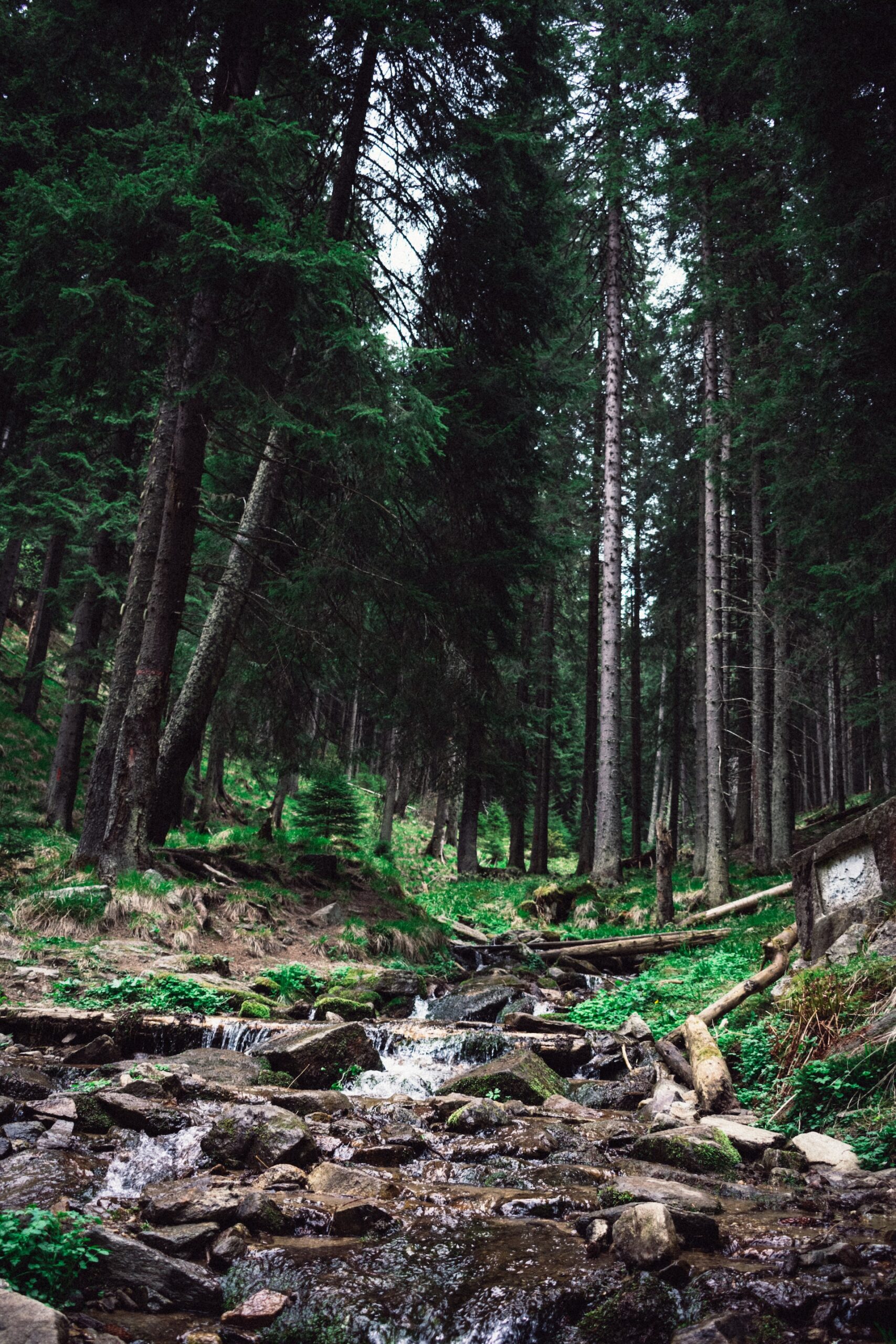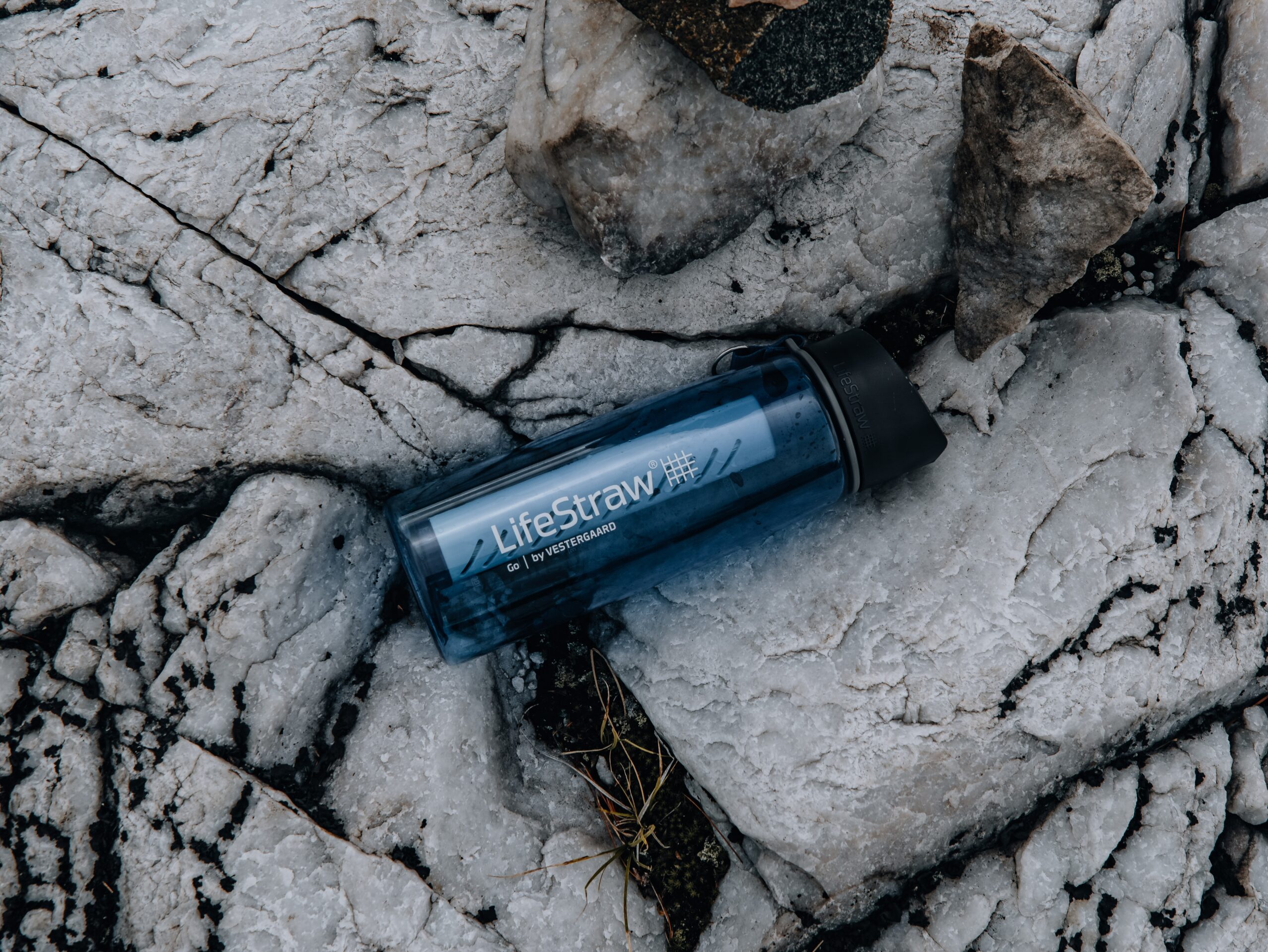Photo by: Steve Johnson Source: Pexels
Water: the essence of life. It’s the one resource we cannot afford to be without, especially in times of crisis. Natural disasters, utility failures, or other unforeseen circumstances can disrupt the water supply, emphasizing the need for a robust water storage system at home. This article delves deep into the nuances of setting up a water storage system, including rainwater harvesting, various storage options, the use of 55-gallon barrels, and more.
1. Understanding the Importance of Water Storage
Before embarking on your water storage journey, it’s crucial to understand the why. The human body can survive up to 3 weeks without food, but only 3-7 days without water. Having a reliable water storage system ensures:
- Sustenance during emergencies.
- Reduced reliance on public utilities.
- A more sustainable and environmentally-friendly approach to water consumption.
2. Determining Your Water Needs
Generally, a person requires a minimum of one gallon of water per day (half for drinking and half for sanitation). However, consider factors like:
- Location: Hotter climates may require more water.
- Medical needs: Some conditions or medications may necessitate increased water intake.
- Pets and gardening: Factor in their water requirements too.
3. Rainwater Harvesting: Nature’s Water Source
What is Rainwater Harvesting?
It involves collecting and storing rainwater for later use, typically from rooftops, which acts as catchment areas.
Components of Rainwater Harvesting System:
- Catchment Area: Typically, the roof of your home.
- Gutters and Downspouts: Direct water from the roof to the storage tanks.
- First-Flush Diverter: This diverts the initial rainwater, which may contain impurities.
- Storage Tanks/Barrels: For storing the collected water.
Benefits:
- Reduces water bills.
- Alleviates demand on the municipal supply.
- Provides soft, pure, and chemical-free water.
Maintenance:
- Clean gutters and downspouts regularly.
- Ensure the first-flush diverter is functional.
4. Storage Options: Storing with Safety and Sustainability
a. Food-Grade Plastic Containers:
Pros: Lightweight, affordable, available in various sizes.
Cons: Exposure to sunlight can degrade certain plastics, impacting water quality.
b. Glass Containers:
Pros: Doesn’t impart taste or chemicals.
Cons: Heavy and breakable.
c. Stainless Steel Containers:
Pros: Durable, doesn’t impart taste or chemicals.
Cons: Can be expensive, heavy.
d. 55-Gallon Barrels:
Pros: Large capacity, durable.
Cons: Requires space, heavy when full.
5. The 55-Gallon Barrels: A Deep Dive
One of the most popular water storage methods is the use of 55-gallon barrels, typically made of food-grade plastic.
- Choosing the Right Barrel: Ensure it’s designed for water storage and hasn’t stored non-food items.
- Positioning: Place on a wooden palette or strong base, away from direct sunlight.
- Filling: Use a potable water hose to avoid introducing impurities.
- Rotation: Even large barrels need water rotation every 6-12 months.
- Access: Consider installing a pump or spigot for easier access.
6. Other Water Collection Methods:
a. Dew and Condensation: Collecting dew from plants or grass in the early morning can yield a surprising amount of water.
b. Underground Wells: Though expensive, they provide a continuous water source.
c. Streams and Rivers: If nearby, they can be a great source, but always purify before use.
7. Treating and Purifying Water
The purity of stored water is crucial. Regularly test your stored water for pathogens.
- Boiling: Boil for at least one minute (three minutes above 2000 meters elevation).
- Chemical Purification: Using household bleach or water purification tablets.
- Filters: Portable water filters can remove bacteria and other pathogens.
8. Ongoing Maintenance
- Regularly Inspect: Check for algae, mold, or any other contaminants.
- Clean Containers: Every time you rotate your water, clean the containers.
- Protect from Contamination: Ensure your storage space is free from chemicals or other potential contaminants.
9. Preparing for Long-Term Storage
For those considering long-term water storage (beyond one year):
- Oxygen Absorbers: These help prevent the growth of bacteria.
- Stabilizers: They can extend the life of stored water.
- Dark Storage: Light can encourage bacterial growth. Storing in a dark space or using dark-colored containers can help.
Conclusion:
Setting up a home water storage system is more than just a precautionary measure; it’s a step towards sustainability, self-reliance, and security. With the various methods available, every household can find a system tailored to their needs, ensuring that when it comes to water, they’re always prepared. Whether you opt for sophisticated rainwater harvesting or simple 55-gallon barrels, the peace of mind you’ll attain, knowing you’re prepared for water shortages, is invaluable.


